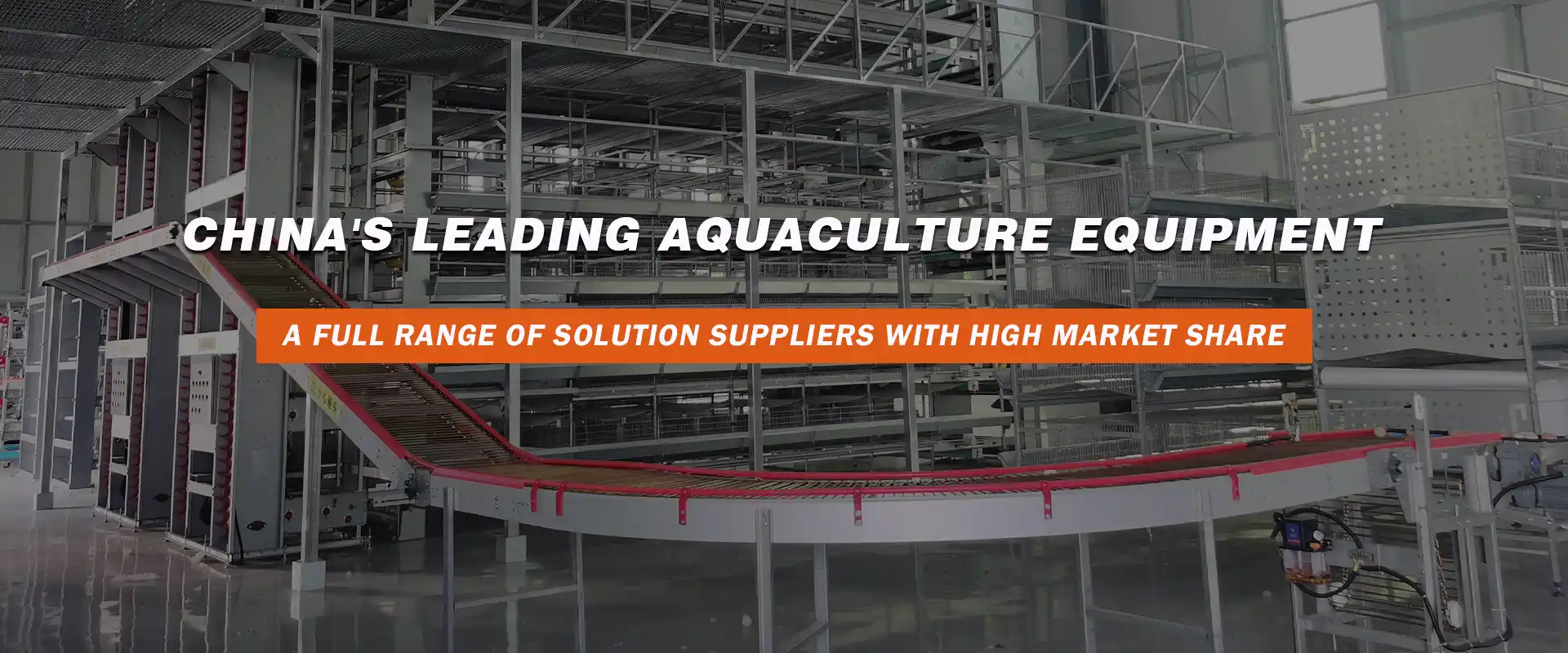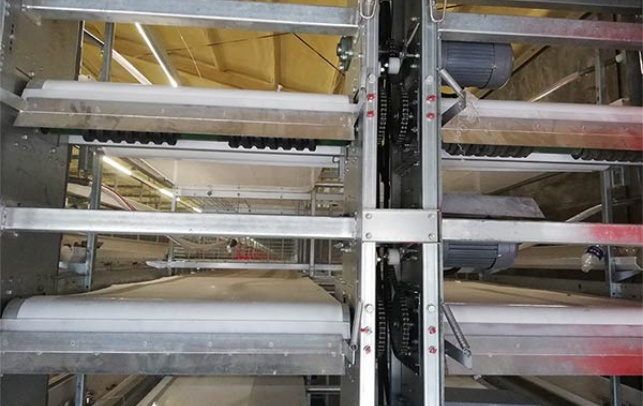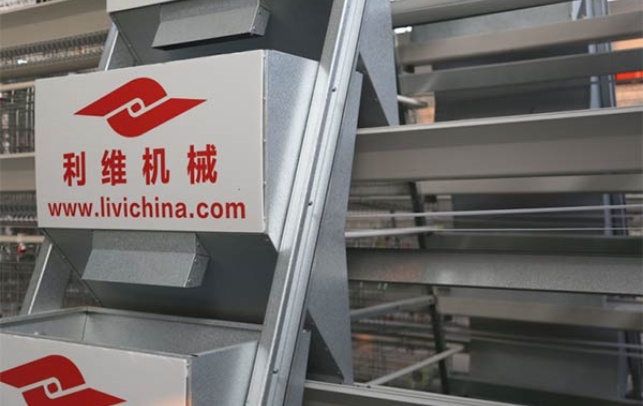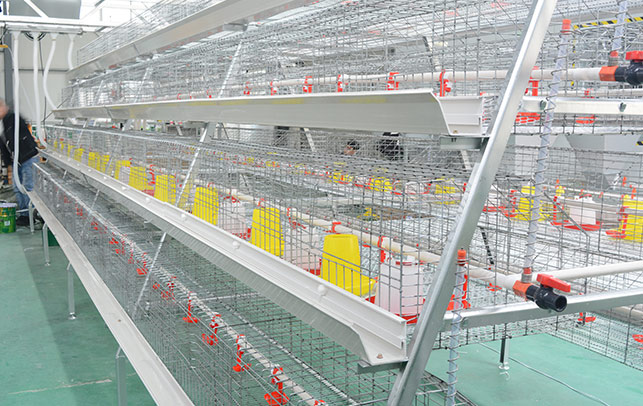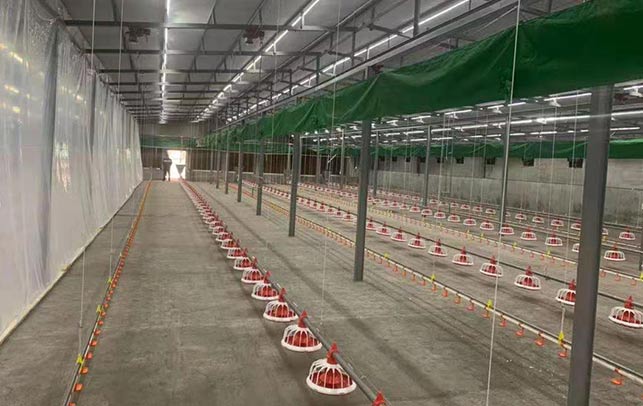A Comprehensive Guide to Automated Poultry Cages
Time : 2025-07-01
In the fast-paced world of modern agriculture, automated poultry cages have become an indispensable tool for farmers aiming to maximize efficiency, productivity, and animal welfare. This article delves into the intricacies of automated poultry cages, highlighting their benefits, key features, and the latest trends in poultry farming. Whether you are a seasoned farmer or a budding entrepreneur in the poultry industry, this comprehensive guide will provide you with the knowledge and insights to make informed decisions regarding automated poultry cage systems.
—
Understanding Automated Poultry Cages
Automated poultry cages refer to a series of enclosed structures designed for raising chickens, ducks, or turkeys. These cages are equipped with automated systems that facilitate feeding, watering, cleaning, and monitoring of the birds. The main purpose of automated poultry cages is to optimize the rearing process, ensuring better health, growth, and productivity of poultry.
The use of automated poultry cages has several advantages, including:
1. Improved Efficiency: Automation reduces the labor required for manual feeding, watering, and cleaning, leading to time and cost savings.
2. Enhanced Animal Welfare: Automated systems ensure that poultry receive the necessary care, such as proper nutrition and ventilation, leading to healthier and happier birds.
3. Increased Productivity: Regular monitoring and timely intervention result in a higher mortality rate, leading to increased overall productivity.
4. Better Environmental Control: Automated systems enable precise control of environmental factors such as temperature, humidity, and ammonia levels, creating an optimal living environment for poultry.
—
Key Features of Automated Poultry Cages
The design of automated poultry cages varies depending on the species of poultry and the specific requirements of the farm. However, some key features are common across different types of cages:
1. Feeding Systems: Automated feeders supply the poultry with a controlled amount of feed at regular intervals, ensuring that birds receive a balanced diet.
2. Watering Systems: Poultry need constant access to fresh water. Automated watering systems maintain water levels and cleanliness, ensuring that birds always have access to clean drinking water.
3. Ventilation Systems: Adequate ventilation is essential for maintaining a healthy environment in the poultry house. Automated systems regulate the flow of air, temperature, and humidity to ensure optimal conditions for poultry.
4. Environmental Monitoring: Automated systems can monitor various parameters such as temperature, humidity, ammonia levels, and CO2 levels to maintain an ideal environment for poultry.
5. Manure Management: Automated systems can also handle the removal of manure, either through scrape systems or solid waste handling systems.
6. Bird Housing: Automated cages typically feature individual compartments or groups of compartments for raising poultry, which can be adjusted to accommodate the specific needs of the birds.
7. Data Collection and Analysis: Many modern automated poultry cages come with data collection systems that enable farmers to monitor the health and productivity of their birds in real-time.
—
Benefits of Using Automated Poultry Cages
Using automated poultry cages can provide several benefits for farmers:
1. Reduced Labor Costs: Automation decreases the need for manual labor, leading to significant savings in labor costs.
2. Increased Yields: Improved care and management result in healthier birds, which ultimately translates to higher yields.
3. Better Animal Welfare: Automated systems provide a controlled environment that promotes the health and well-being of poultry.
4. Enhanced Biosecurity: Individual compartments help to prevent the spread of diseases among birds.
5. Data-Driven Decisions: Real-time monitoring and data analysis enable farmers to make informed decisions regarding poultry management.
—
The Future of Automated Poultry Cages
As technology advances, automated poultry cages continue to evolve. Some emerging trends in the poultry industry include:
1. Integration of AI: Artificial Intelligence (AI) and machine learning algorithms can be integrated into automated systems to provide real-time data analysis and predictive maintenance.
2. Remote Monitoring: With the advent of the Internet of Things (IoT), farmers can monitor and control automated poultry cages remotely via smartphones and tablets.
3. Vertical Farming: As land availability becomes scarce, automated poultry cages are increasingly being used in vertical farming systems, allowing for the efficient rearing of poultry in limited spaces.
4. Sustainable Farming: Automated systems can contribute to sustainable farming practices by reducing water consumption, energy usage, and waste generation.
—





